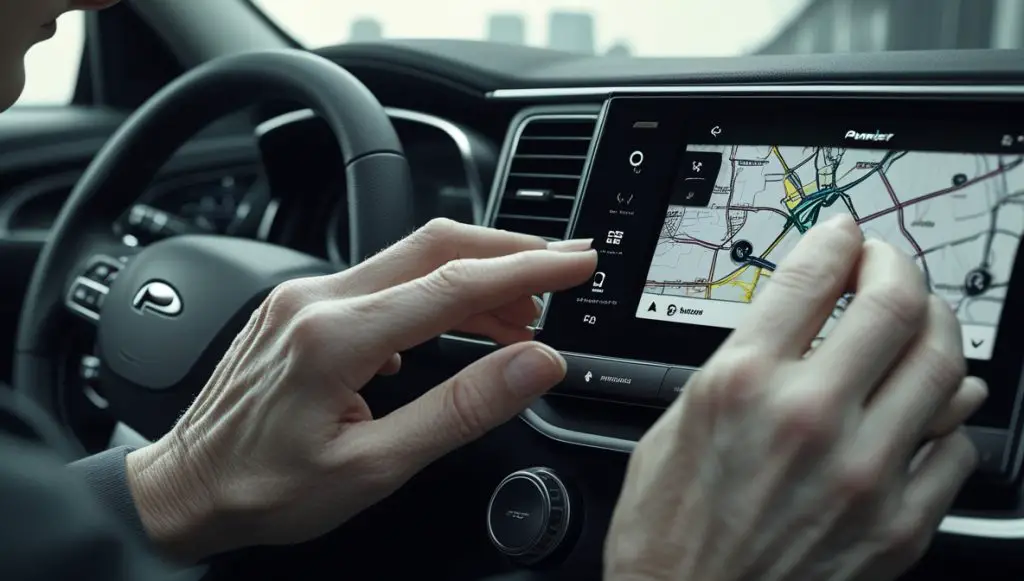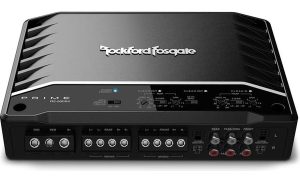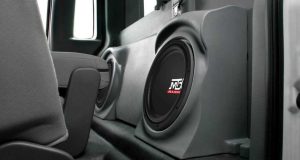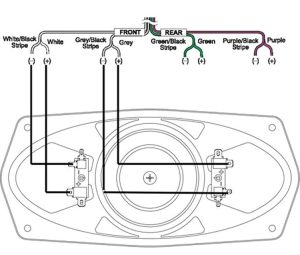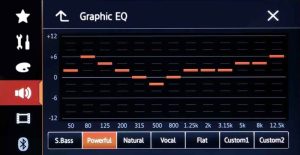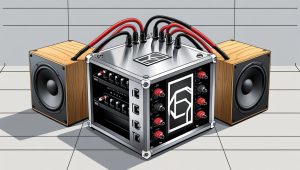Many Pioneer navigation systems restrict video playback while the vehicle is in motion for safety reasons. However, some drivers wish to bypass this restriction for passenger entertainment. This article provides a comprehensive guide on how to do so safely and effectively, emphasizing the importance of prioritizing safe driving practices. Remember, always prioritize safety and adhere to local laws regarding video playback while driving. Distracted driving is extremely dangerous.
Contents
- Understanding Pioneer’s Video Playback Restrictions
- Identifying Your Pioneer Navigation System
- Assessing Your Vehicle’s Wiring Setup
- Exploring Bypass Device Options & Costs
- Choosing the Right Bypass Harness or Kit
- Safe Installation Procedures and Precautions
- Connecting the Bypass Device Step-by-Step
- Testing the Video Playback Functionality
- Troubleshooting Common Installation Issues
- Maintaining Your System After Installation
Understanding Pioneer’s Video Playback Restrictions
Pioneer incorporates video playback restrictions in their navigation systems primarily to enhance driver safety. These restrictions prevent the driver from watching videos while driving, minimizing distractions that could lead to accidents. The specific implementation of these restrictions varies depending on the Pioneer head unit model and the vehicle’s year and make. Some systems might only allow video playback when the parking brake is engaged, while others employ more sophisticated methods of detection.
Understanding the reason behind these restrictions is crucial before attempting a bypass. While bypassing these safety features might seem convenient, it’s critical to remember the potential risks involved. Always prioritize safe driving and ensure passengers are responsible for their own entertainment. Never attempt to watch videos yourself while driving.
Before purchasing any bypass device, accurately identifying your specific Pioneer navigation system model is essential. The model number is usually found on a sticker on the unit itself, often located on the side or bottom. This number is crucial for selecting the correct bypass harness or kit. Take a clear picture of the sticker to ensure you have the correct information.
Incorrect identification can lead to compatibility issues and potentially damage your system. Carefully examine your unit’s features and compare them to the specifications listed on Pioneer’s website or in the owner’s manual. This step ensures you purchase a compatible bypass device and avoid unnecessary complications during installation.
Assessing Your Vehicle’s Wiring Setup
Assessing your vehicle’s wiring setup is crucial for a successful installation. This involves identifying the relevant wires for the parking brake signal, power, and video output. Consult your vehicle’s wiring diagram or a reliable online resource specific to your car’s make, model, and year. Improper wiring can damage your system or even cause electrical issues in your vehicle.
Take detailed notes and photographs of the existing wiring connections. This will aid in the installation process and ensure you can easily restore the original configuration if necessary. If you’re uncomfortable working with vehicle wiring, it’s best to seek professional help from a qualified car audio installer.
Exploring Bypass Device Options & Costs
Several bypass devices are available for Pioneer navigation systems, ranging from simple harnesses to more sophisticated kits. Simple harnesses usually involve connecting to the parking brake wire to simulate the parking brake being engaged. More advanced kits might include additional features like automatic activation or integration with other vehicle systems. Prices vary depending on the features and complexity of the device.
Research different brands and models to compare features, compatibility, and price points. Read reviews from other users to get an idea of the quality and reliability of each option. Consider the level of technical expertise required for installation when making your decision. A more complex kit may require more technical knowledge or professional installation.
Choosing the Right Bypass Harness or Kit
Selecting the correct bypass harness or kit is paramount for a successful and safe installation. Ensure the device is explicitly compatible with your specific Pioneer navigation system model. Check the manufacturer’s website or contact their customer support to verify compatibility. Buying a compatible device will save you time and potential frustration.
Consider features beyond basic functionality. Some kits offer additional features like automatic activation based on speed or gear selection, providing a more seamless user experience. However, always prioritize safety and choose a device that doesn’t compromise your ability to safely operate your vehicle.
Safe Installation Procedures and Precautions
Before starting the installation, disconnect the vehicle’s negative battery terminal to prevent accidental short circuits or damage to your electronics. This crucial safety step minimizes the risk of injury or damage to your vehicle’s electrical system. Always work in a well-lit and ventilated area.
Gather all necessary tools, including wire strippers, crimpers, and electrical tape. Follow the instructions provided with your chosen bypass device carefully. If you’re unsure about any step, consult the manufacturer’s website or seek professional help. Never rush the installation process.
Connecting the Bypass Device Step-by-Step
The specific steps for connecting the bypass device will vary depending on the chosen device and your vehicle’s wiring setup. However, the general process typically involves connecting the device to the parking brake wire, power wires, and video output. Refer to the device’s detailed instructions for precise wiring diagrams and connection points.
Take your time and double-check all connections before reconnecting the battery. Ensure all wires are securely connected and insulated to prevent short circuits. Accurate and careful wiring is crucial for the proper functioning of the bypass device and the safety of your vehicle’s electrical system.
Testing the Video Playback Functionality
After reconnecting the battery, test the video playback functionality. Turn on the Pioneer navigation system and attempt to play a video while the vehicle is in motion. If the video plays without issue, the bypass device has been installed successfully. If not, carefully review the installation steps and check all connections.
If the video still doesn’t play, troubleshoot the issue by checking all connections again, ensuring the bypass device is correctly wired, and verifying its compatibility with your Pioneer system. If problems persist, consult the manufacturer’s support or a professional installer.
Troubleshooting Common Installation Issues
Common installation issues include incorrect wiring, incompatible devices, and faulty connections. If the video playback doesn’t work after installation, carefully check all connections for loose wires or incorrect pairings. Ensure the bypass device is securely connected to the correct wires.
If the problem persists, consult the manufacturer’s troubleshooting guide or seek assistance from a professional installer. Attempting to resolve complex issues without proper knowledge can lead to further damage. Remember, safety should always be the top priority.
Maintaining Your System After Installation
After installation, periodically check the connections of the bypass device to ensure they remain secure. Loose connections can lead to malfunctions or even damage to your system. Regularly inspect the wiring for any signs of wear or damage.
Proper maintenance can prolong the lifespan of your system and prevent unexpected issues. If you notice any unusual behavior or malfunctions, address them promptly to avoid more significant problems. Remember that bypassing safety features comes with inherent risks; responsible use and maintenance are crucial.
Bypassing video playback restrictions on a Pioneer navigation system requires careful planning and execution. While this guide provides a comprehensive overview, remember that working with vehicle electronics can be complex. Prioritize safety, always follow instructions carefully, and seek professional help if needed. Ultimately, responsible usage and adherence to traffic laws are paramount. Never compromise your safety or the safety of others for the sake of convenience.
